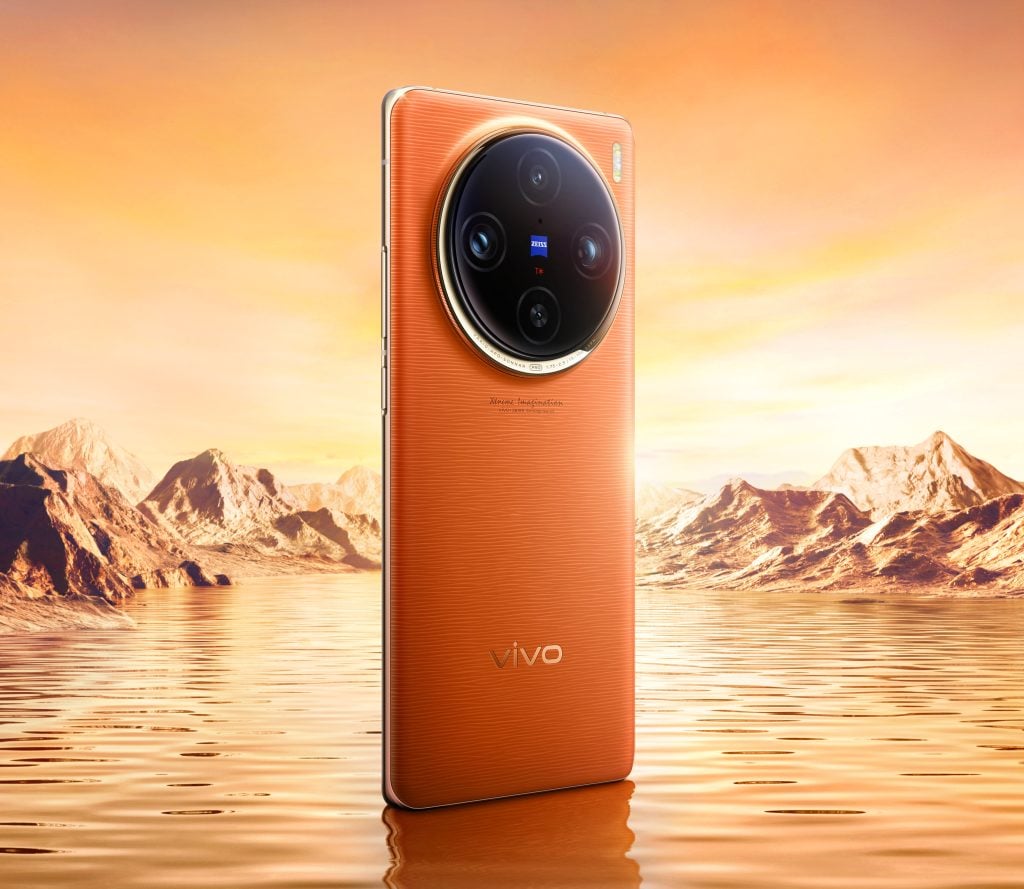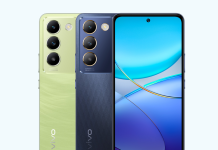Vivo debuted its X100 series smartphones in November last year. The series at the time featured two models: the vanilla X100 and the X100 Pro. However, Vivo has plans to launch another model in the lineup called the Vivo X100 Ultra. As the name suggests, this will be a higher-tier model when compared to the Vivo X100 Pro. If you are wondering what will be different onboard the Ultra model compared to the Pro, here’s everything we know so far.

1. Better camera sensors
The Vivo X100 Pro has received praise from users and the tech community alike for its highly capable camera system. However, Vivo plans to dial it up to 11 on the camera hardware front with the X100 Ultra model. As per leaks, the X100 Ultra will be using the new Sony LYT-900 50 MP camera sensor, instead of the IMX989 sensor on the X100 Pro. Just like the Pro model, this sensor will also come fitted with optical image stabilization to eliminate shakiness from pictures and videos. The X100 Ultra’s primary camera will also support variable aperture.
The 50 MP Samsung JN1 ultra-wide sensor will be replaced with the 50 MP Sony IMX598 sensor, while the 50 MP telephoto sensor is rumored to be replaced with a massive 200 MP periscope telephoto camera with up to 4.3x optical zoom, up to a 200x digital zoom, and a focal length of 100mm. For comparison, the X100 Pro is capable of 3x optical zoom and 100x digital zoom.
2. Flagship Snapdragon processor
Both the X100 and X100 Pro devices were launched with the MediaTek Dimensity 9300 Processor, however, the X100 Ultra is rumored to feature Qualcomm’s flagship Snapdragon 8 Gen 3 processor. Both of these processors are neck and neck in terms of raw performance, however, over the years, the Snapdragon chips have garnered a reputation for being more efficient and having better image signal processing. So it’s likely that we could see better battery performance and imaging from the X100 Ultra.
3. Satellite communication
Vivo has confirmed that the X100 Ultra smartphone will launch with satellite communication capabilities. That being said, it is currently unclear if it will feature one-way or two-way satellite communication.
For those unaware, one-way satellite communication is basically for sending emergency messages or SOS when cellular service is dead. Whereas two-way allows for more interactive features like texting. You can check out our detailed explainer on satellite connectivity on smartphones to know more about it.
4. Vivo’s in-house Imaging tech
As we know, Vivo partnered with Zeiss back in December 2020, and ever since then, it has used the Zeiss-designed lenses for its flagship camera phones. Recent Vivo X series flagships, including the X100 Pro, have also utilized Zeiss’s special T* coating on their lenses which reduces reflections and improves light transmission. Additionally, Zeiss also worked with Vivo to develop unique image processing algorithms that replicate the classic “ZEISS look” known for its natural colors and soft bokeh.
All that being said, the upcoming Vivo X100 Ultra is said to come with Vivo’s own BlueImage self-developed imaging branding. Although the brand has not revealed the complete details of what this branding means for the X100 Ultra, however, it could mark the end of Vivo’s collaboration with Zeiss.
This situation is quite similar to Huawei’s self-developed imaging technology XMAGE, which was introduced in 2022, after the end of Huawei’s six-year collaboration with camera giant Leica.
RELATED:
- Vivo X100 Ultra to debut Vivo’s self-developed imaging brand, BlueImage
- Xiaomi Band 8 Genshin Impact custom edion get a huge discount.
- Unlock Savings: Discount on Every Giztop Product under the New Year Sale
- How to add/remove someone in a WhatsApp group (with screenshots)







